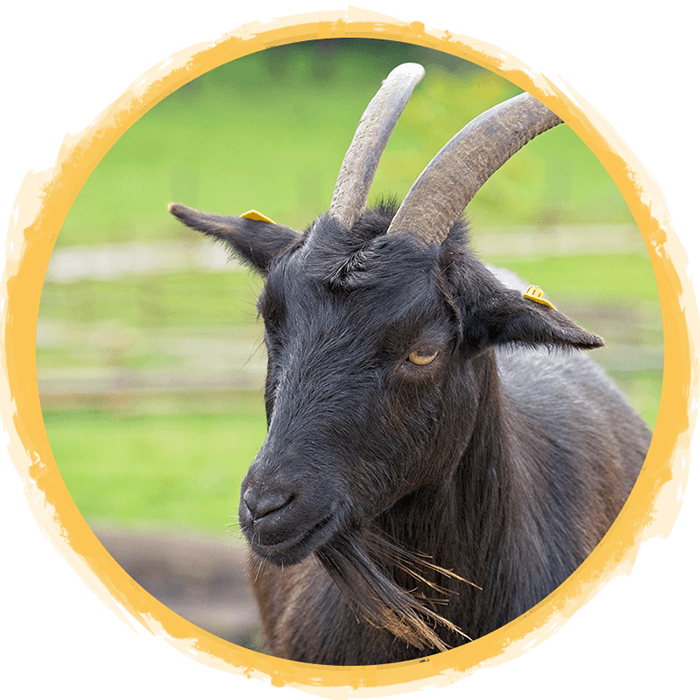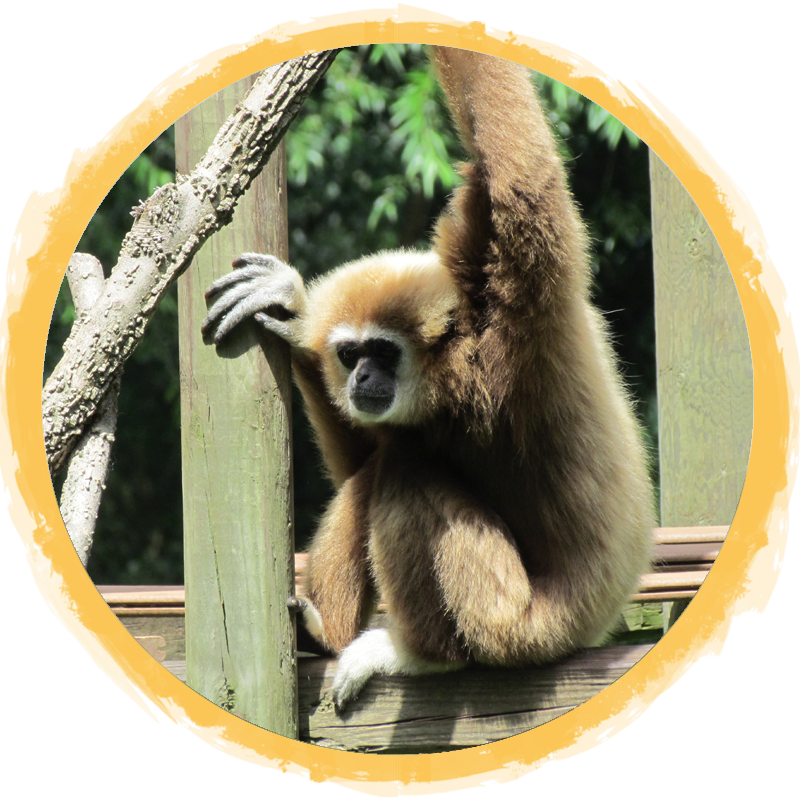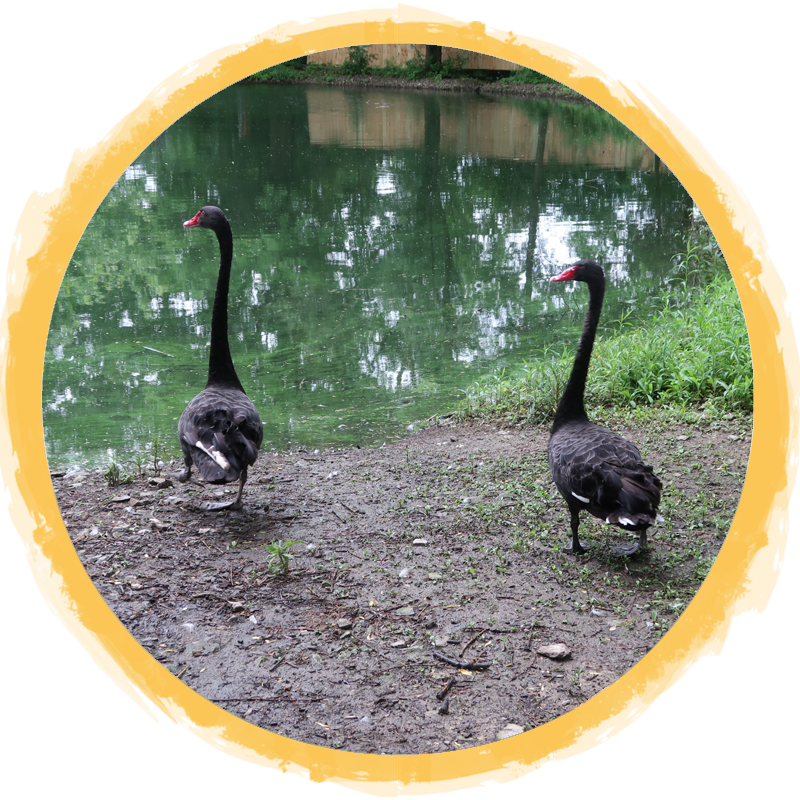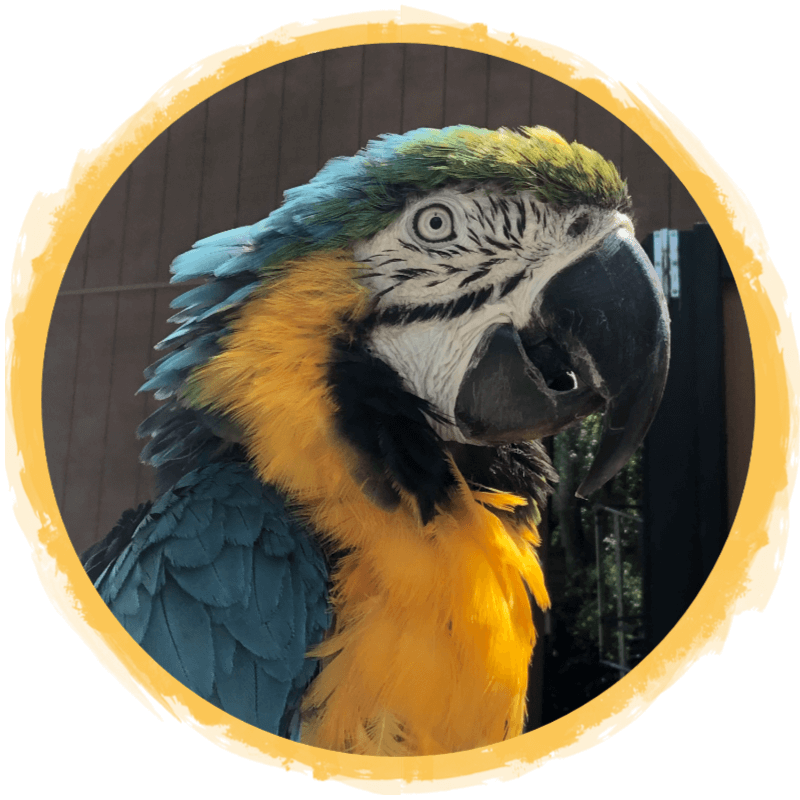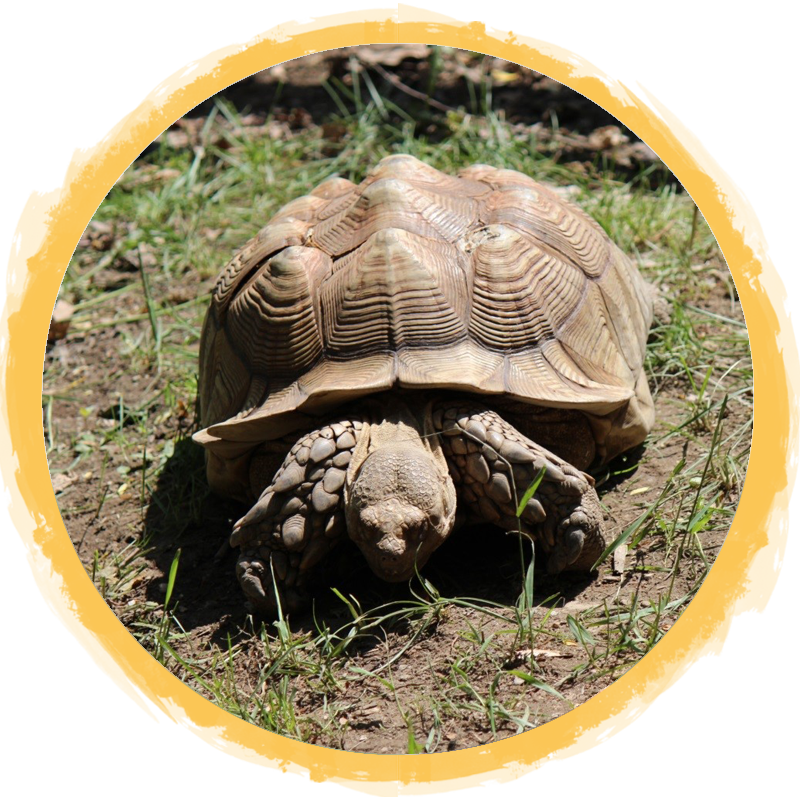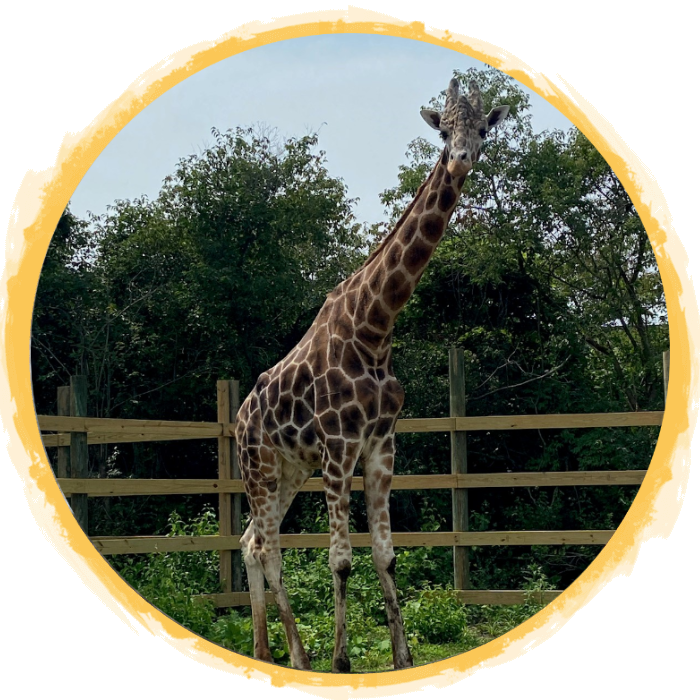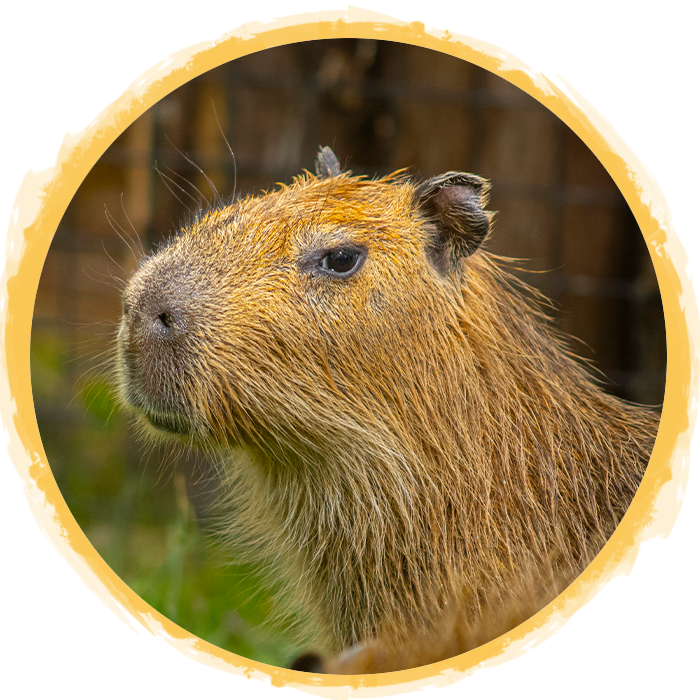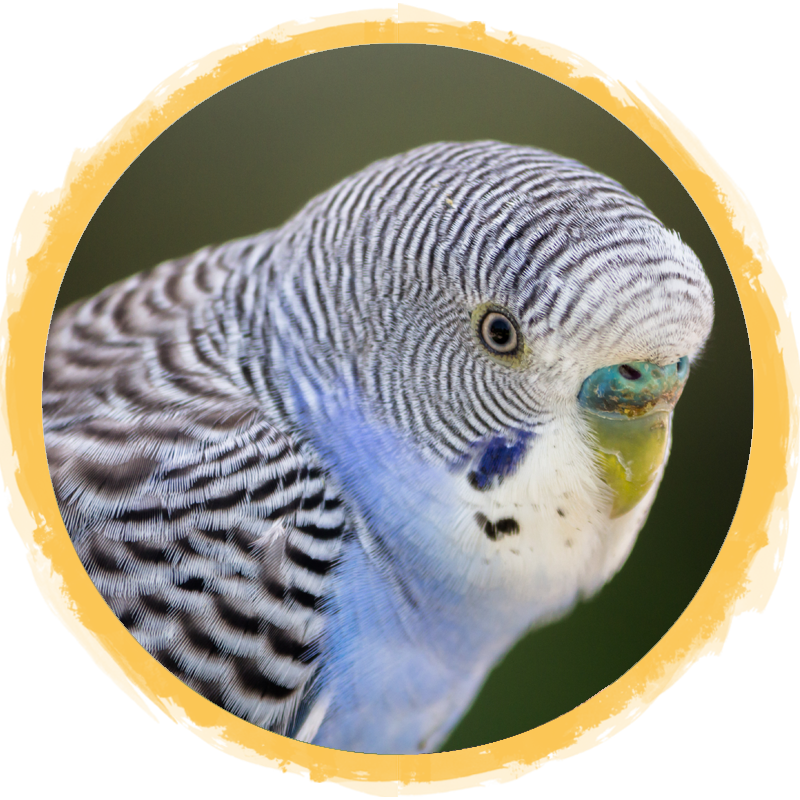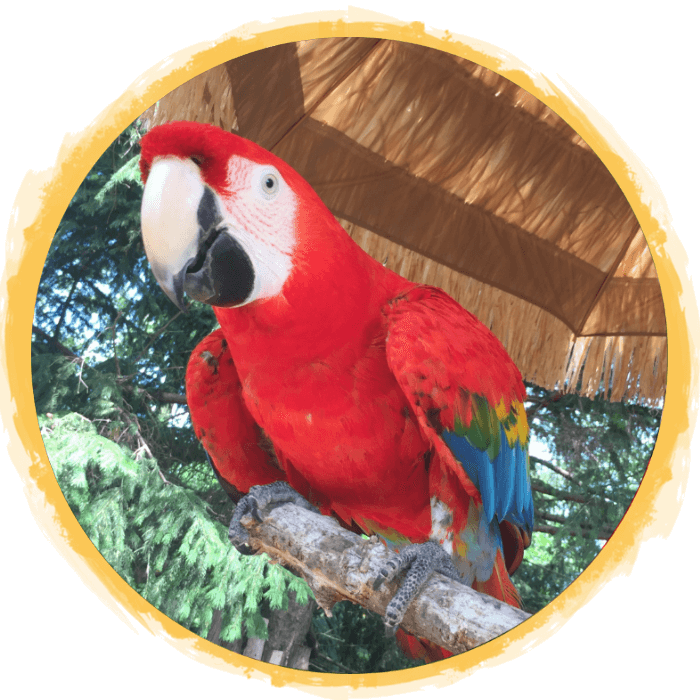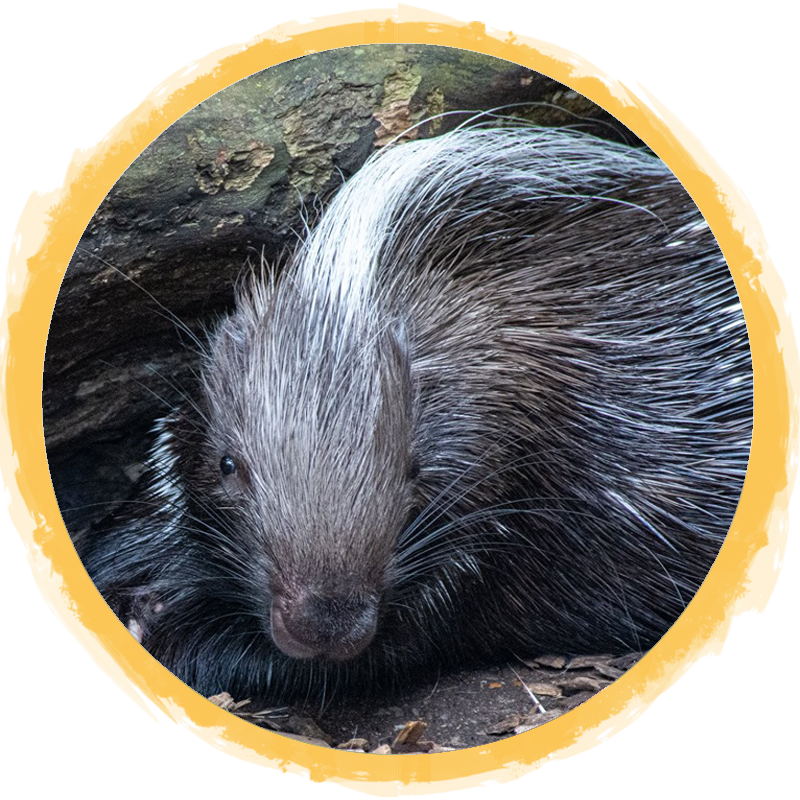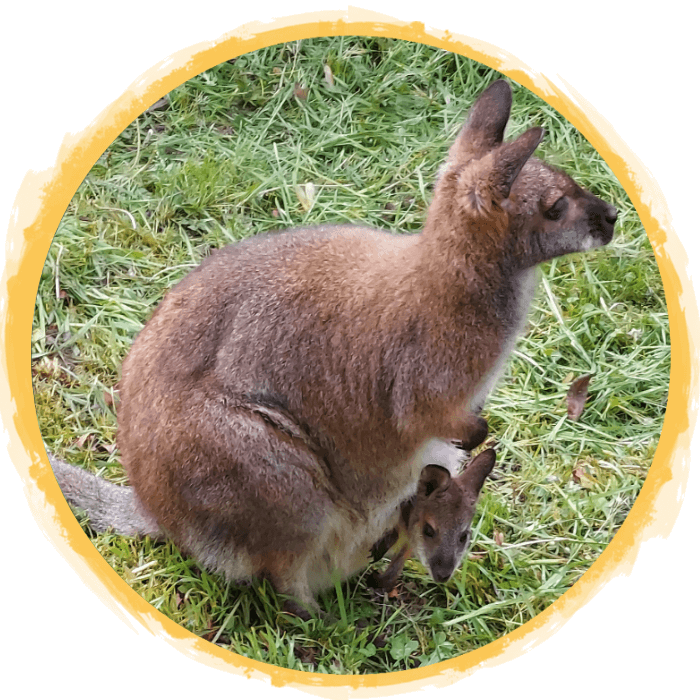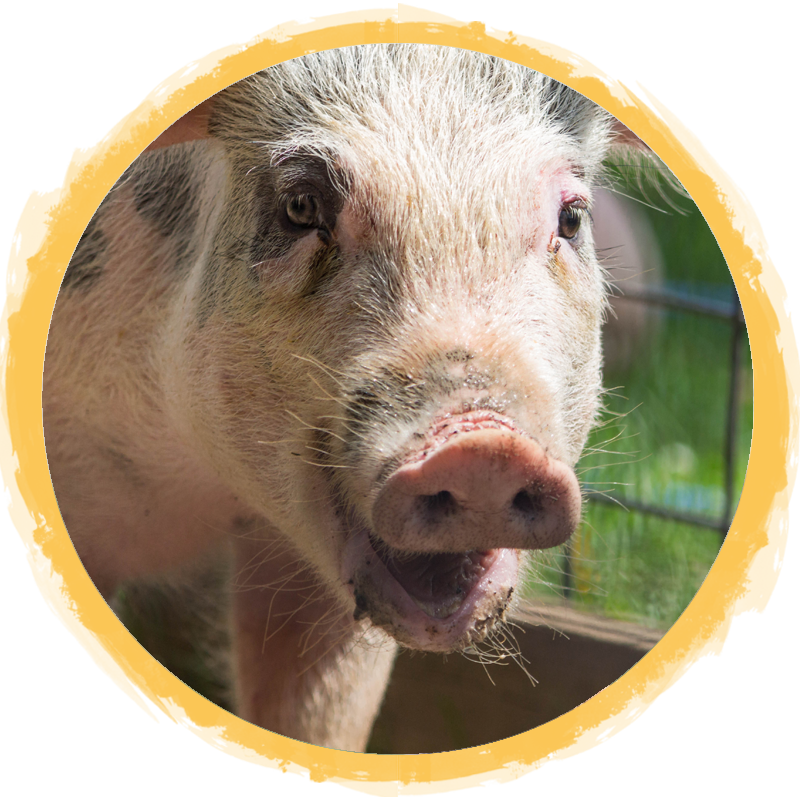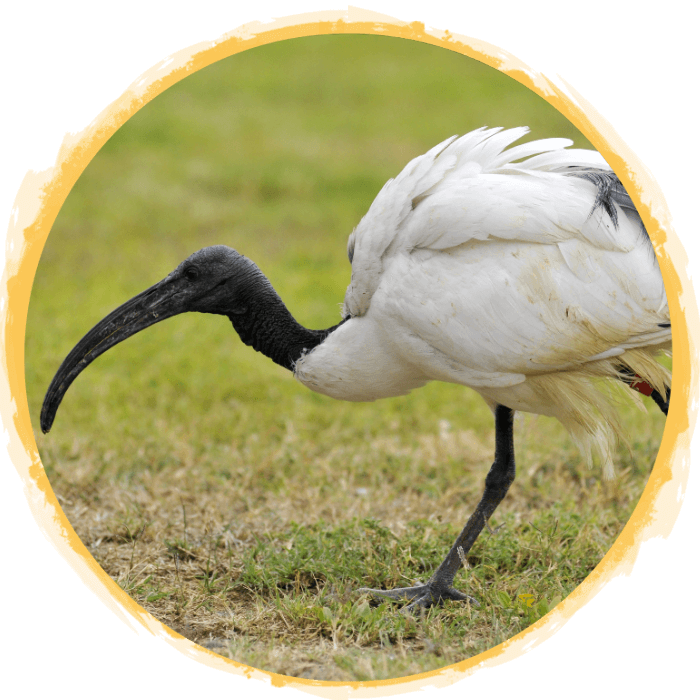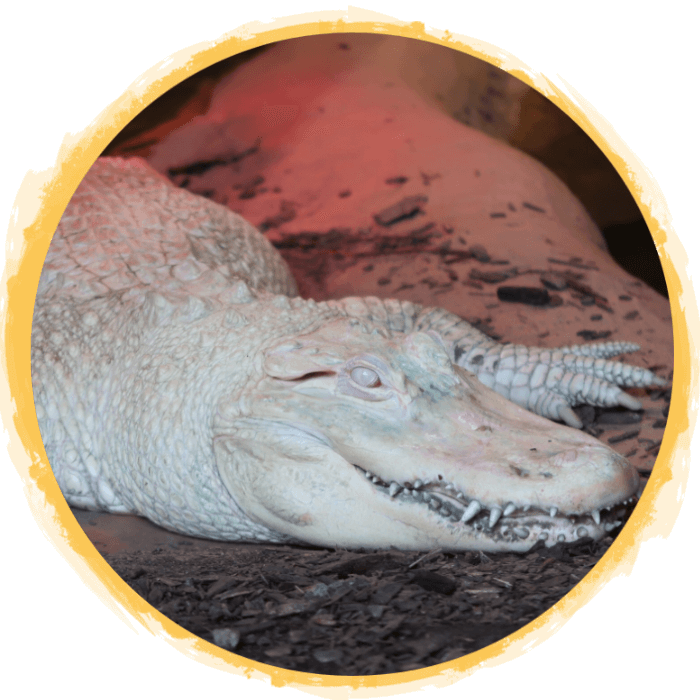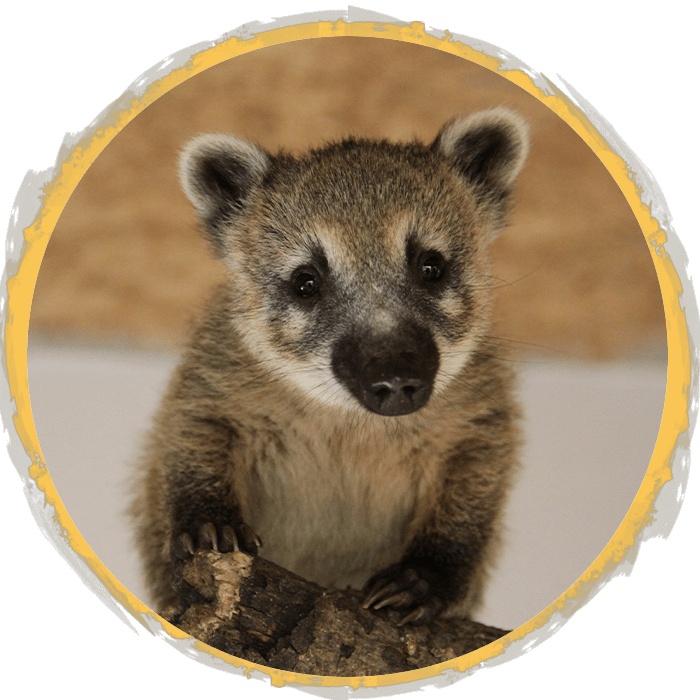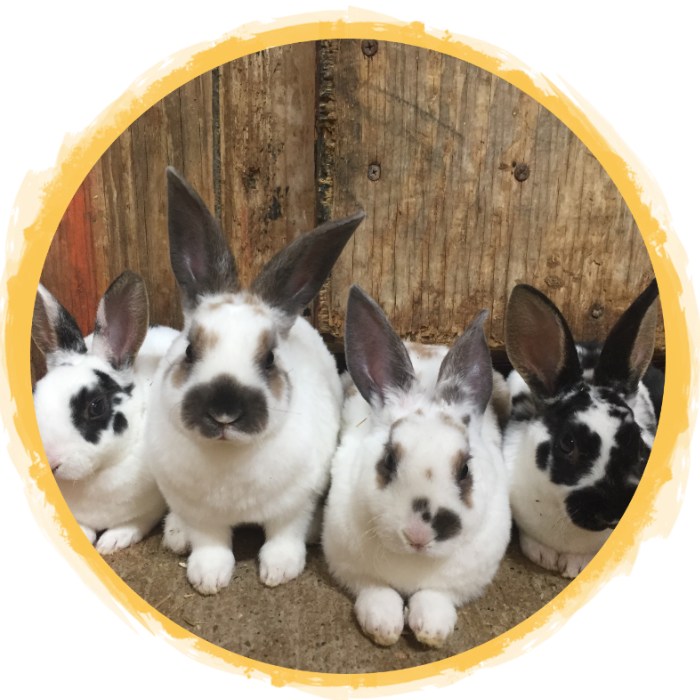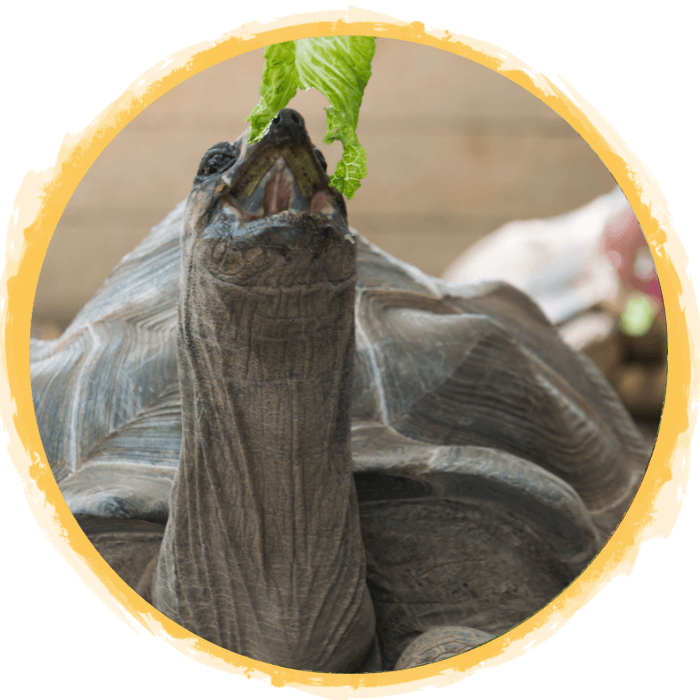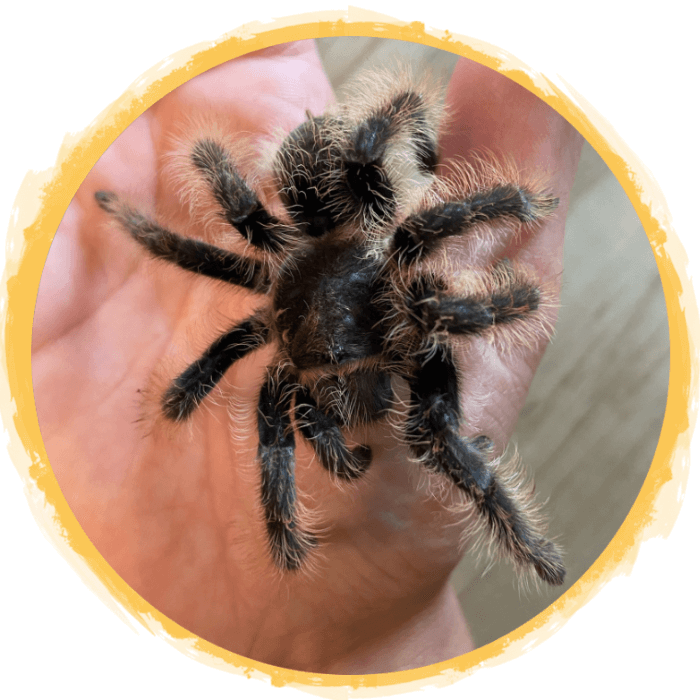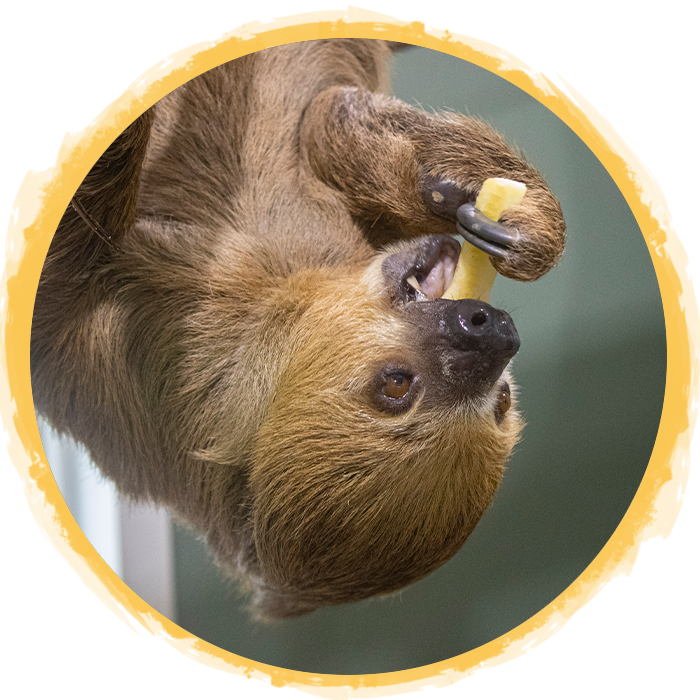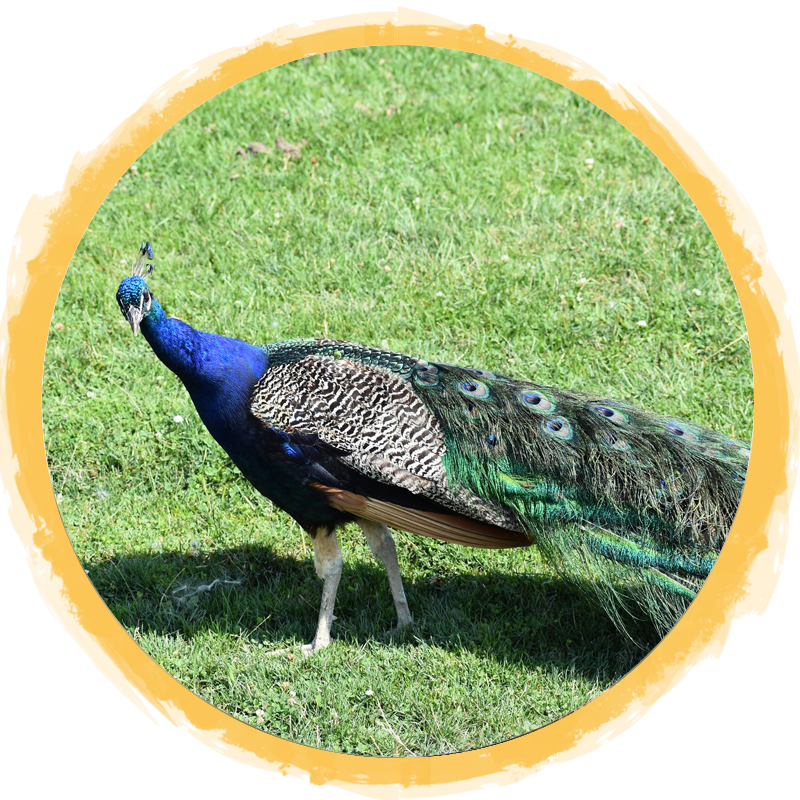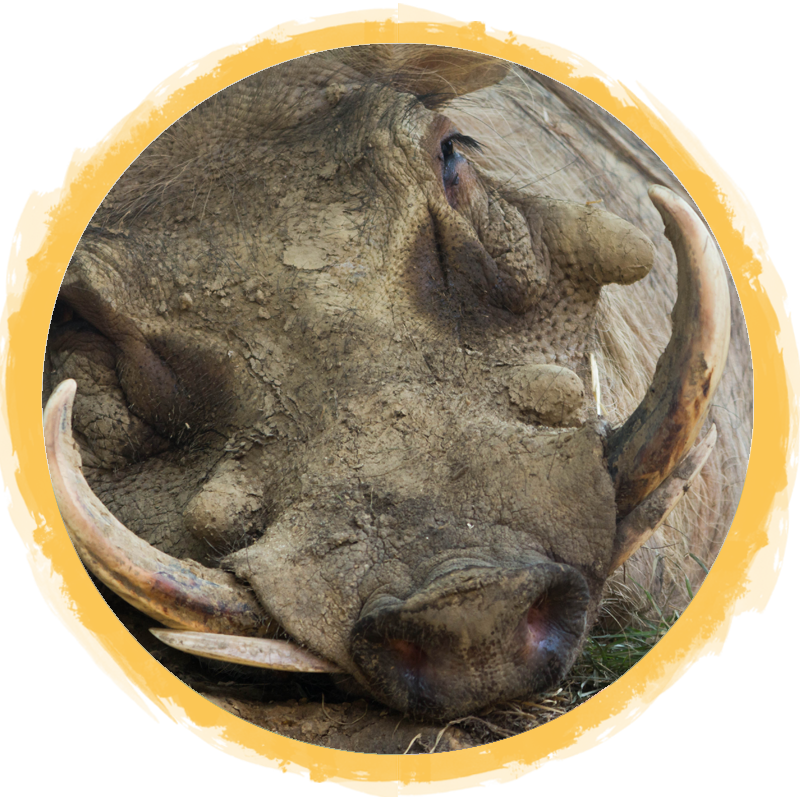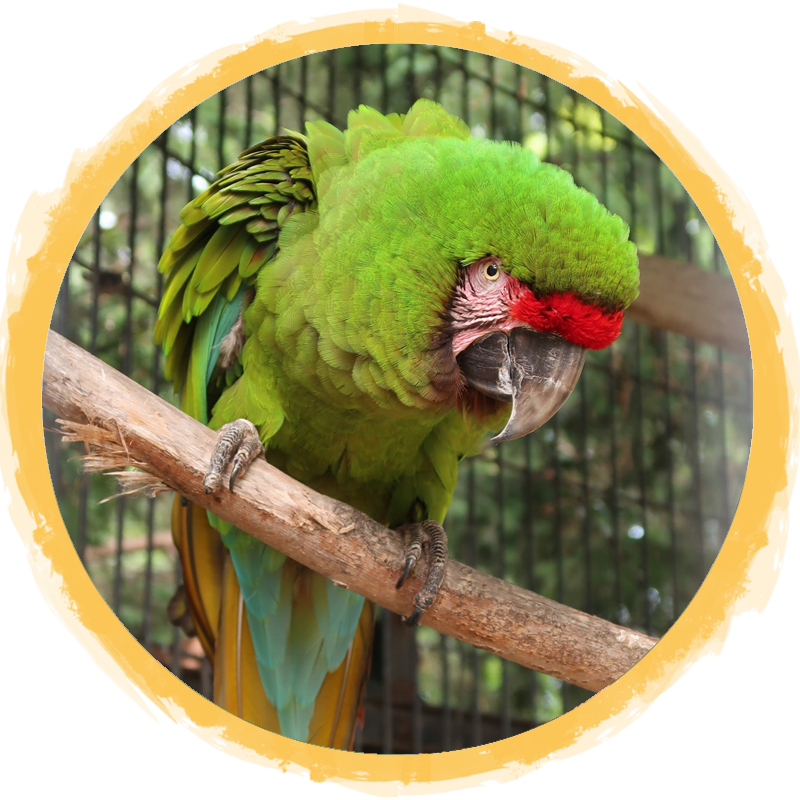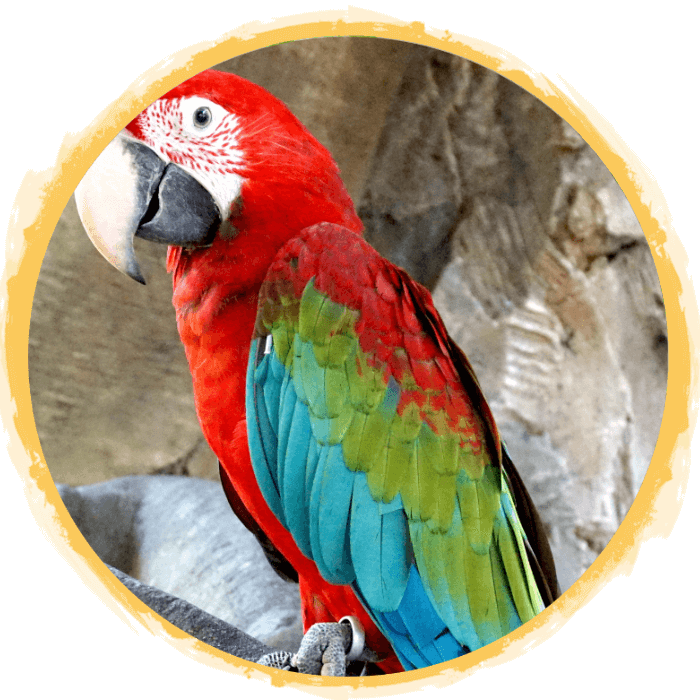(Threskiornis aethiopicus)
Native to Africa and the Middle East, Sacred Ibis are a species of wading bird of the family Threskiornithidae. They can be found in marshy wetlands on both the coastline and inland. They prefer to nest in trees or near water, as they hunt in flocks for wetland-type prey, such as insects, frogs, and small crustaceans. Formerly found in Egypt, Sacred Ibis were quickly introduced to Europe in the mid-1700s to be bred for free-flying exhibits in Zoos. Populations in Europe are actually thought to be formed from escaping zoo populations. Sacred Ibis are now extinct in Egypt.
Sacred Ibis plumage coloration is predominantly white and their flight feathers are white with dark blue-green tips. Their long curved bill, head, and neck are black and featherless and they have red skin visible on their underwings. Males are generally larger than females. These birds are usually silent, though occasionally make croaking sounds.
They lay 1-5 eggs at a time, their eggs are dull white with a blue twinge and sometimes dark red spots. The parents take turns incubating the eggs and once hatched, a parent is always present for the first week. They get fed partial regurgitation many times a day. After 2 or 3 weeks, they leave the nest and form groups close to the colony and are fed by their parents once a day. When it is feeding time, they hear their parents call and rush to their parent for food.
In Ancient Egypt, the Sacred Ibis were linked to the god Thoth. Thousands of mummified Sacred Ibis were placed in Egyptian temples as offerings to Thoth and could be found buried with pharaohs. These birds were sacred to the Ancient Egyptians as they were believed to protect their people from plagues and serpents.
Their populations are declining due to hunting and human disturbance. They are also susceptible to avian botulism which is a paralytic disease that affects muscle movements.
Fast Facts
Country of Origin: Africa and the Middle East
Weight: 3 - 3.3 lbs
Size: Up to 27 inches long with a wingspan of up to 49 inches
Lifespan: Up to 25 years in captivity
Diet: As predatory birds, Sacred Ibis hunt in flocks and feed on insects, worms, crustaceans, frogs, fish, reptiles, and some small mammals

